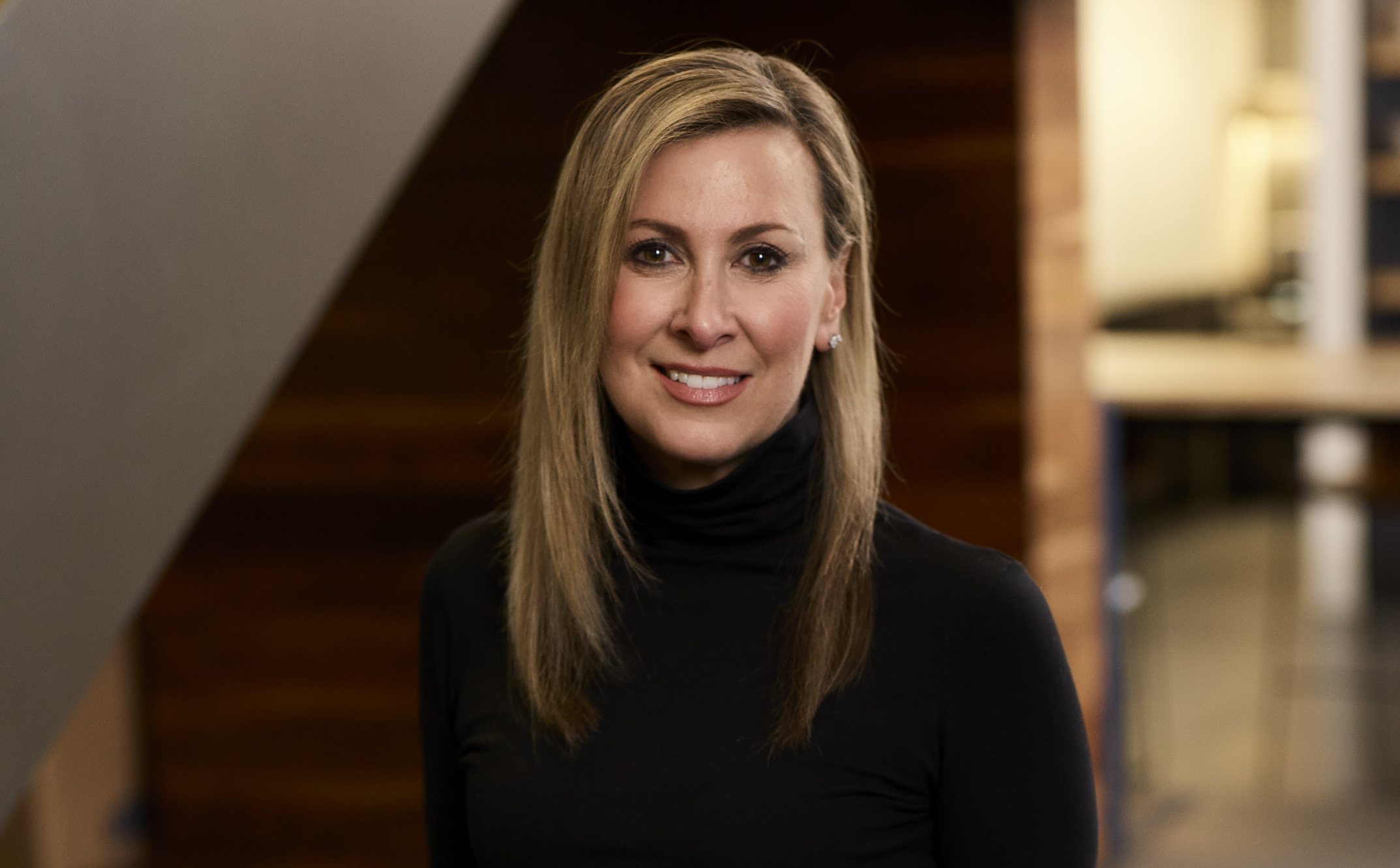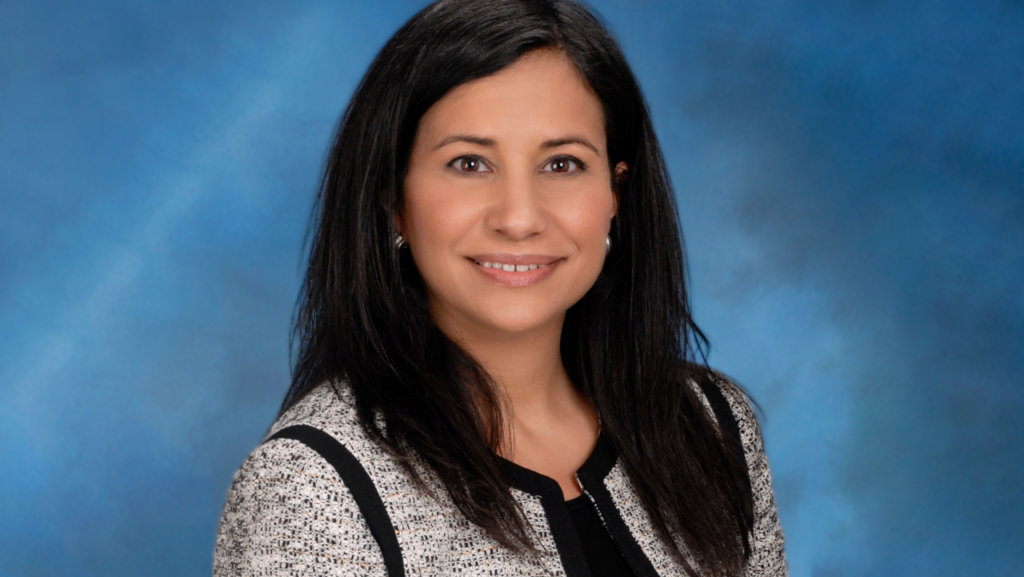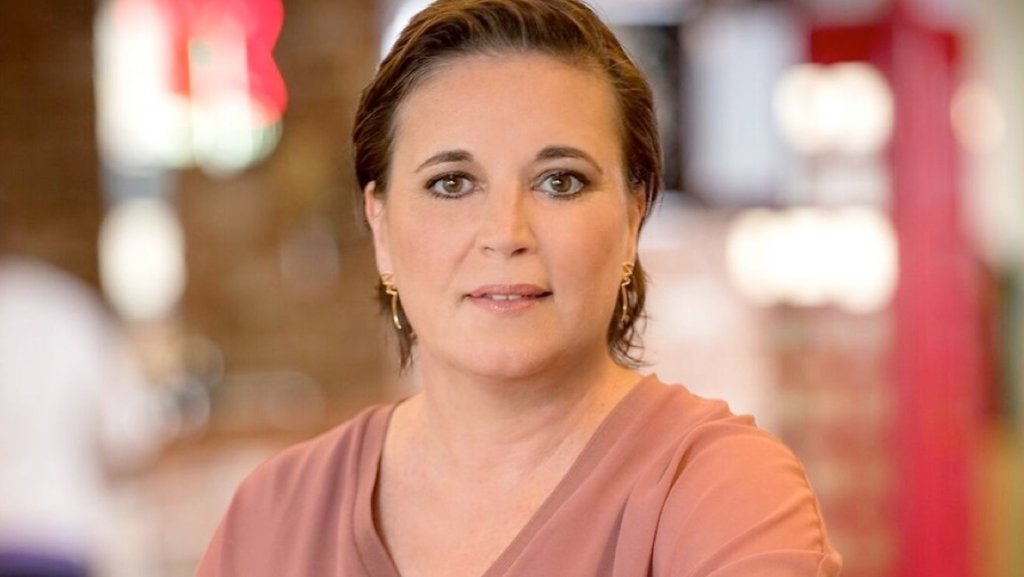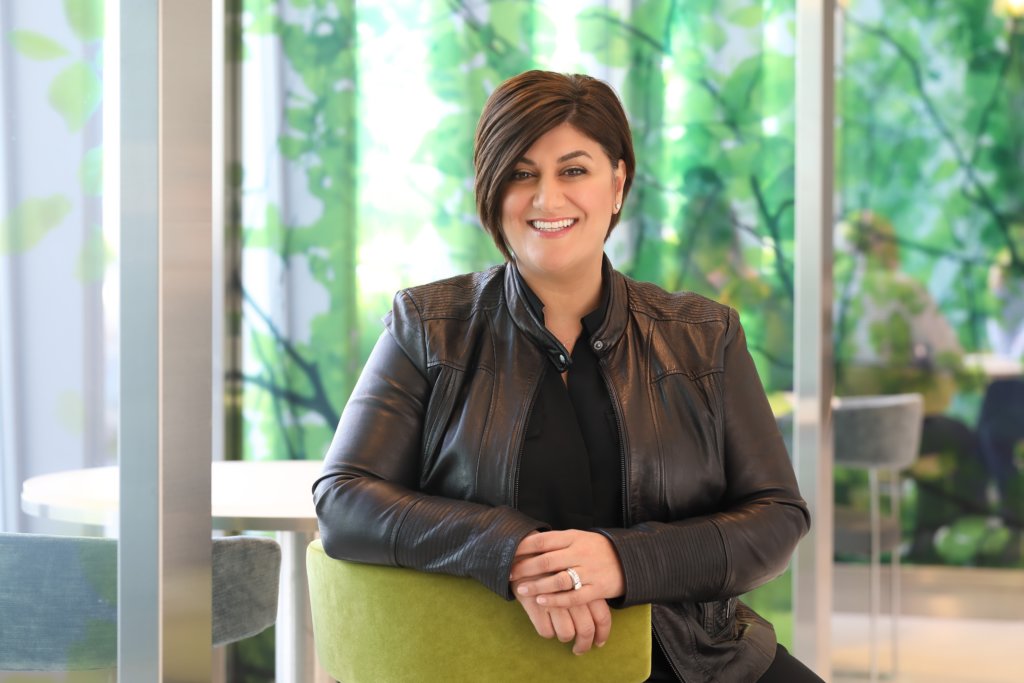
When you find your passion and a brand with purpose, you can create positive change in the world. I lived that truth in two decades at Unilever, and am continuing on this journey as we transform from Weight Watchers to WW International. One that has taken on new urgency as we face unprecedented challenges in our society.
Weight Watchers was an iconic brand, but leading with “weight” wasn’t doing justice to what the brand means to people. Consumers’ expectations have changed since the brand’s inception – health and wellness is no longer a luxury but a necessity. People want to lose weight to stay healthy and strong, to be the best selves they can be. People want healthy bodies so that they can thrive, not just survive.
So our intent was not to abdicate our leadership in weight loss but to expand the very definition of health and well-being. It’s not just what our members put into their bodies but how they move, and how their mind helps them along that journey — mind and body, working together. Therefore, we chose to lead with WW as our mark. And as part of this transformation, we created a purpose filter, an Impact Manifesto and the tagline – Wellness That Works.
When the pandemic hit, we knew that we needed to accelerate our mission. We needed to meet our members and communities where they were during a time that was and continues to be uncertain for everyone. This ranged from providing motivational and inspirational content experiences to keep members inspired on their journey as well as partnering with nonprofits to ensure that communities had the resources they need. With more than 71% of American adults overweight or obese, making them a more vulnerable population, we set out to do the work.
First and foremost was ensuring the safety, health and well-being of our employees and our members. Some decisions we had to make quickly—closing offices, workshops and studios in 12 countries around the world, while migrating our thousands of workshops to virtual experiences around the world. This not only involved product and tech resources but also training of coaches and onboarding of members to this new experience.
Secondly, upon completing filming of our spring campaign, as we monitored consumer sentiment and talked to our members, we recognized that the creative felt tone deaf to what was happening around the world. So we scrapped it and instead, invited members to share their journeys with their own devices. That strategy allowed us to create assets that showed how our members were living in the moment — taking care of loved ones, learning to exercise in different ways and we put that out in the market. Then we created another user-generated campaign, and then another. Three mini-campaigns in six weeks to stay relevant and timely and true to who we are and who our members needed us to be.
Consumer mindset and needs continue to evolve. With everything shifting rapidly, it’s vital to stay attuned to how people are feeling and what they are needing in the moment. It’s not about marketing to consumers; it’s about mattering to people. For example, people were obviously cooking a lot more at home, so we created content in our app that showed them how to create meals with recipes from common foods and pantry staples. As we saw that gyms were shut down and people needed real-time fitness content, we launched FitOn in our app to help keep them moving. We launched hydration and sleep tracking and provided more filters to enhance our app and bring more options and versatility to our members’ fingertips.
And during a crisis, It’s not enough to serve just our members — a brand with purpose needs to serve the world at large. So following a successful nine city arena tour in partnership with Oprah Winfrey earlier this year, we teamed up with her to create “Oprah’s Your Life in Focus: A Vision Forward” a four-part, live virtual event series where Oprah did what she does best: inspire people to live better lives. This was opened to the world for no cost at a time when we know people needed it most.
As we were adjusting to managing the business during COVID-19, the remarkable demand for social justice and police reform swept the country. Immediately, we created an action plan with respect to Black Lives Matter to take a range of actions to advocate for change. Some of our actions included donating $1 million to nonprofits that influence Black lives and creating an employee match program. We started a program to spotlight black-owned businesses in our own WW Shop. We created new affinity groups, we signed a pledge to make Juneteenth a nationally celebrated commemoration of the ending of slavery in the United States and much more.
The underlying link between these efforts and our work with SeeHer is the fundamental belief that corporate America can be advocates for change and a force for good. SeeHer began with a conversation almost four years ago at a dinner in D.C. at which me, The Female Quotient founder, Shelley Zalis and Megan Smith, Chief Technology Officer for the Obama Administration, were talking about why we had not made any progress against gender equality in the last 100 years. For me it was personal – I had a teenage daughter with no positive role models on TV. So we started talking about how all those problems were interrelated and what we could do to try and solve them.
We asked ourselves, who creates that culture? Media did. We did. I went back to New York and connected with the ANA to see how we could leverage our industry to create change and so did my closest friends, partners and colleagues. They agreed this needed to be done, and Patty Kerr came on board as our executive director, P&G’s Marc Pritchard and AT&T’s Fiona Carter came on board, and a movement was born.
Today, SeeHer is a household word among both marketers and consumers. And with multiple challenges sweeping our society, the need is greater than ever.
No matter what the cause, we can all make a difference. All you need is passion and purpose and we can create positive change.



